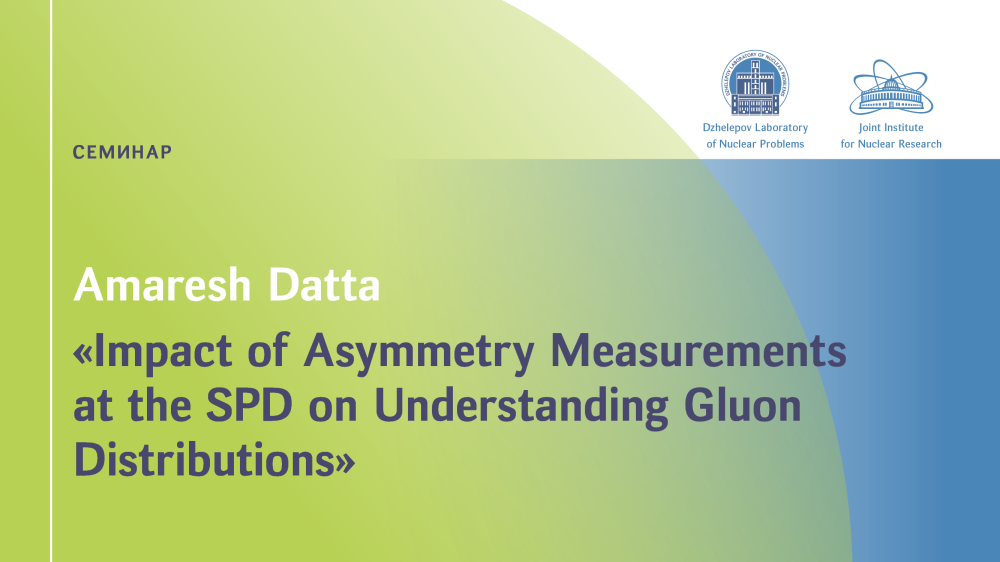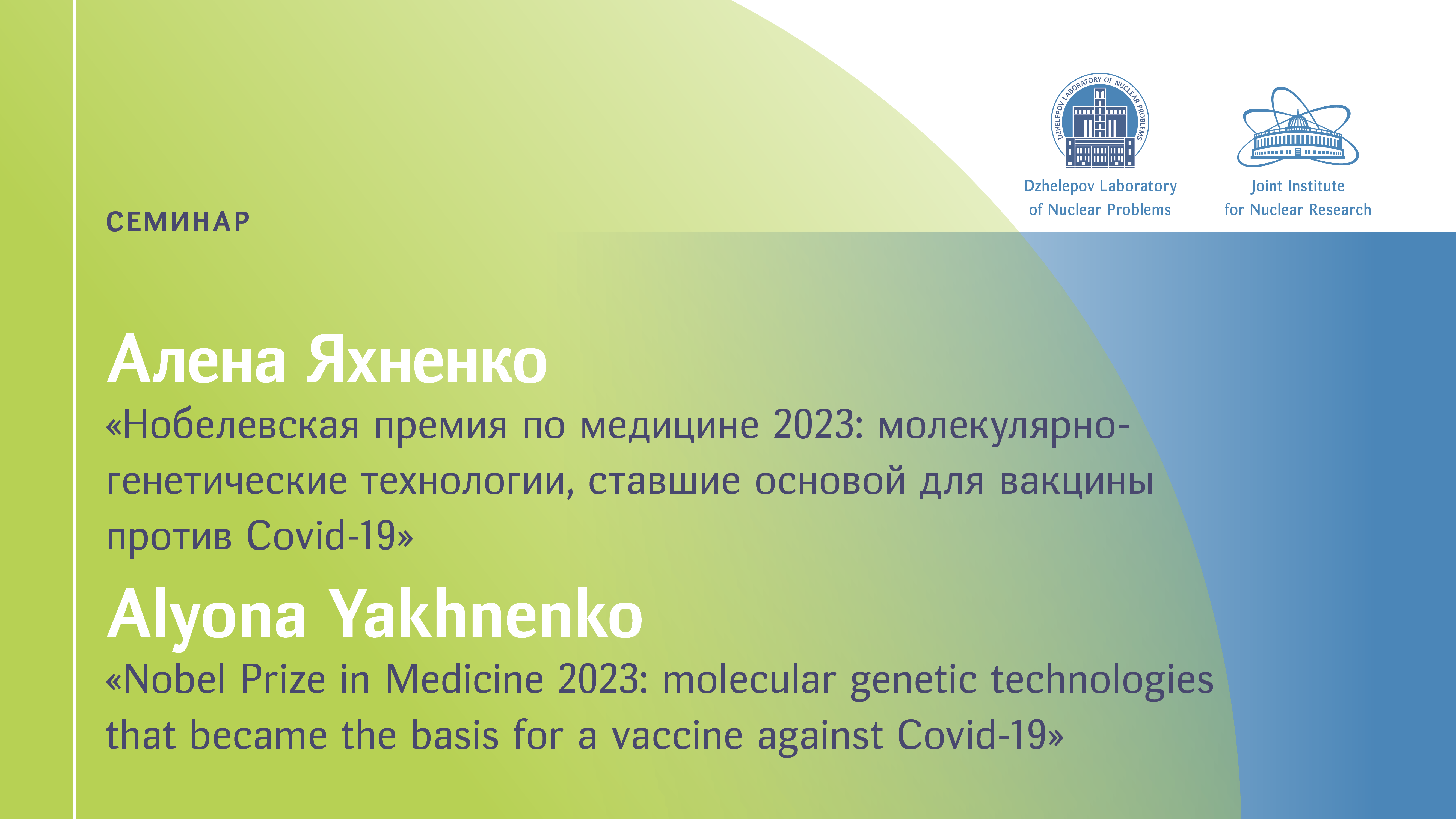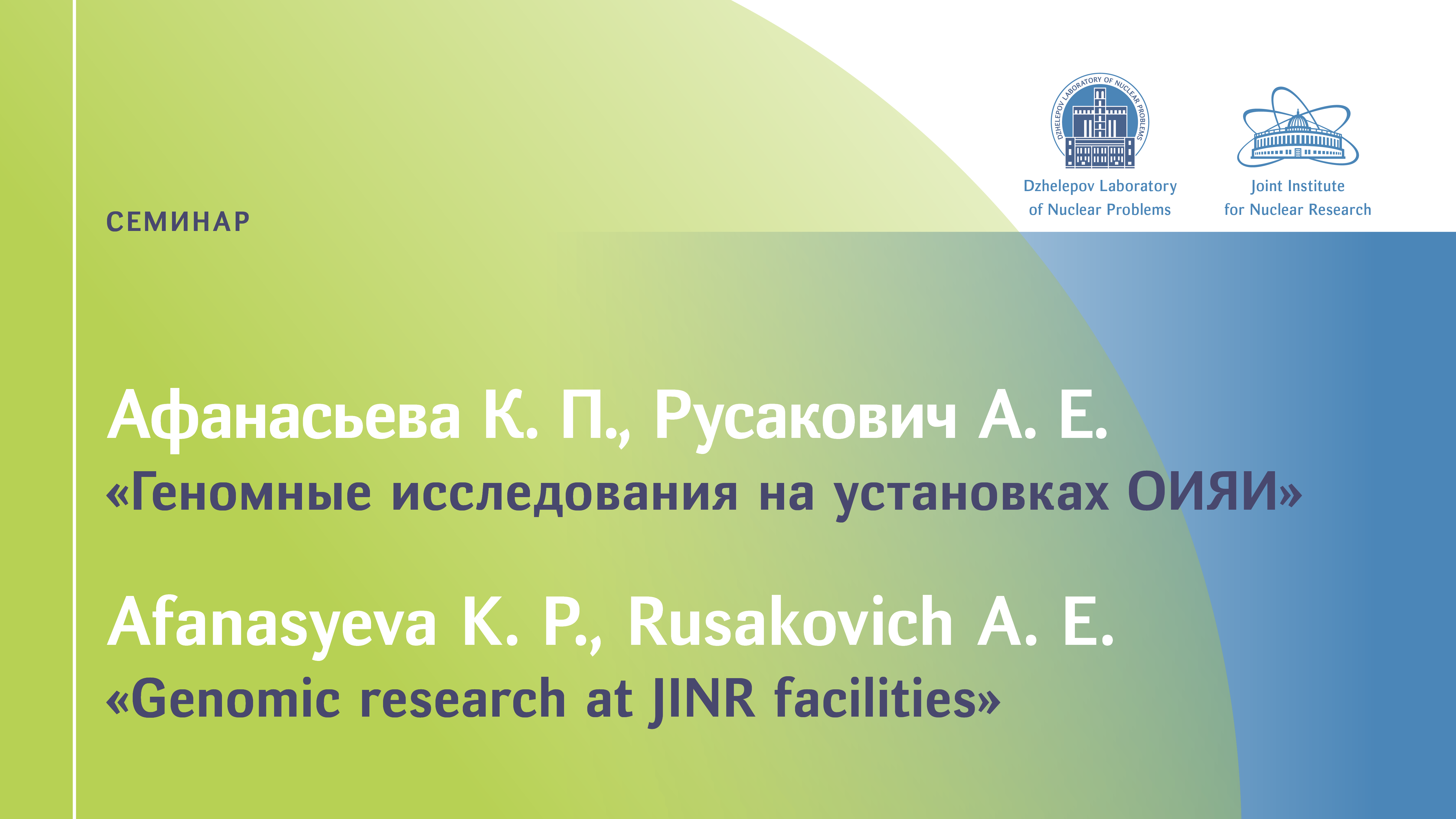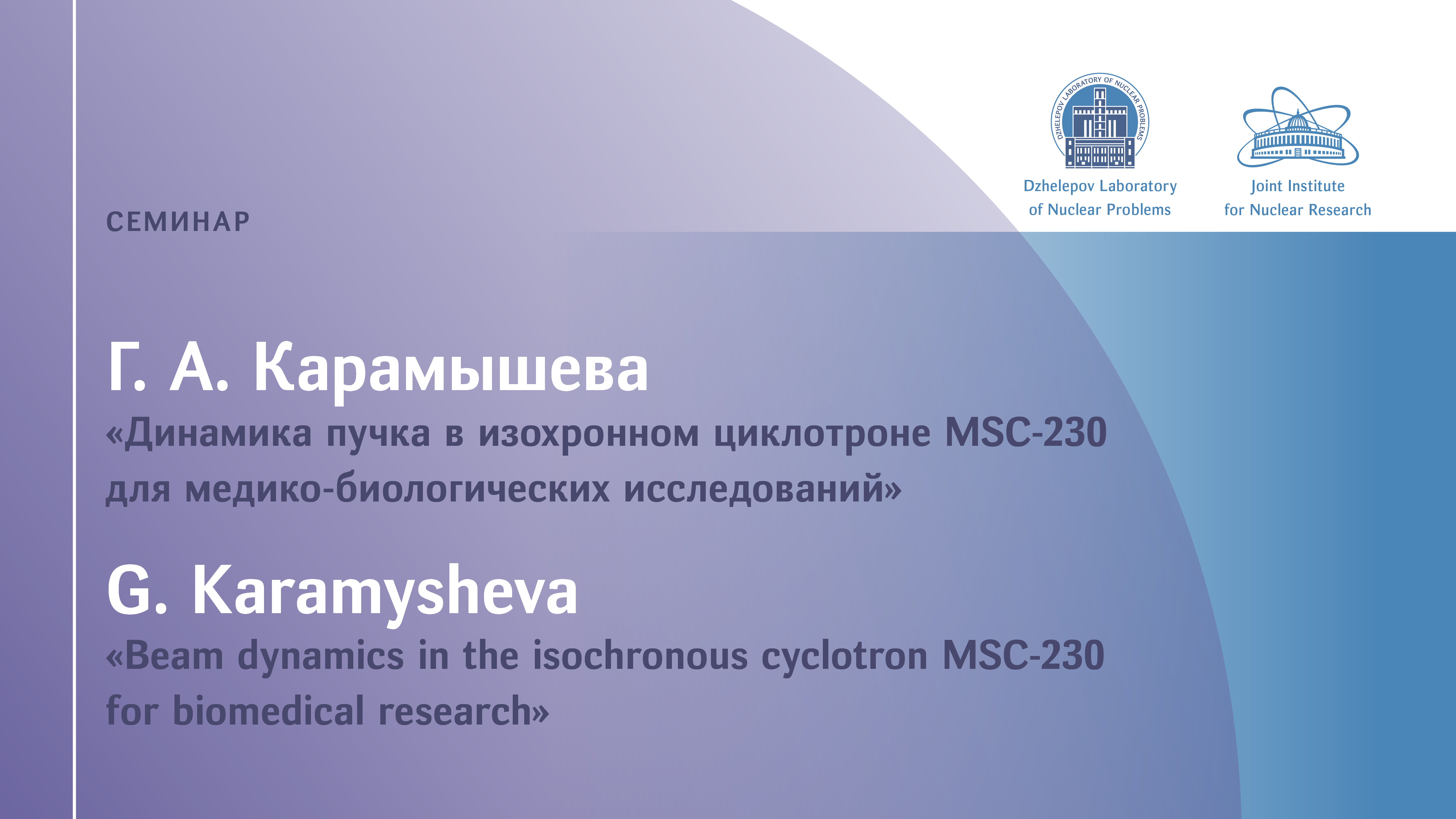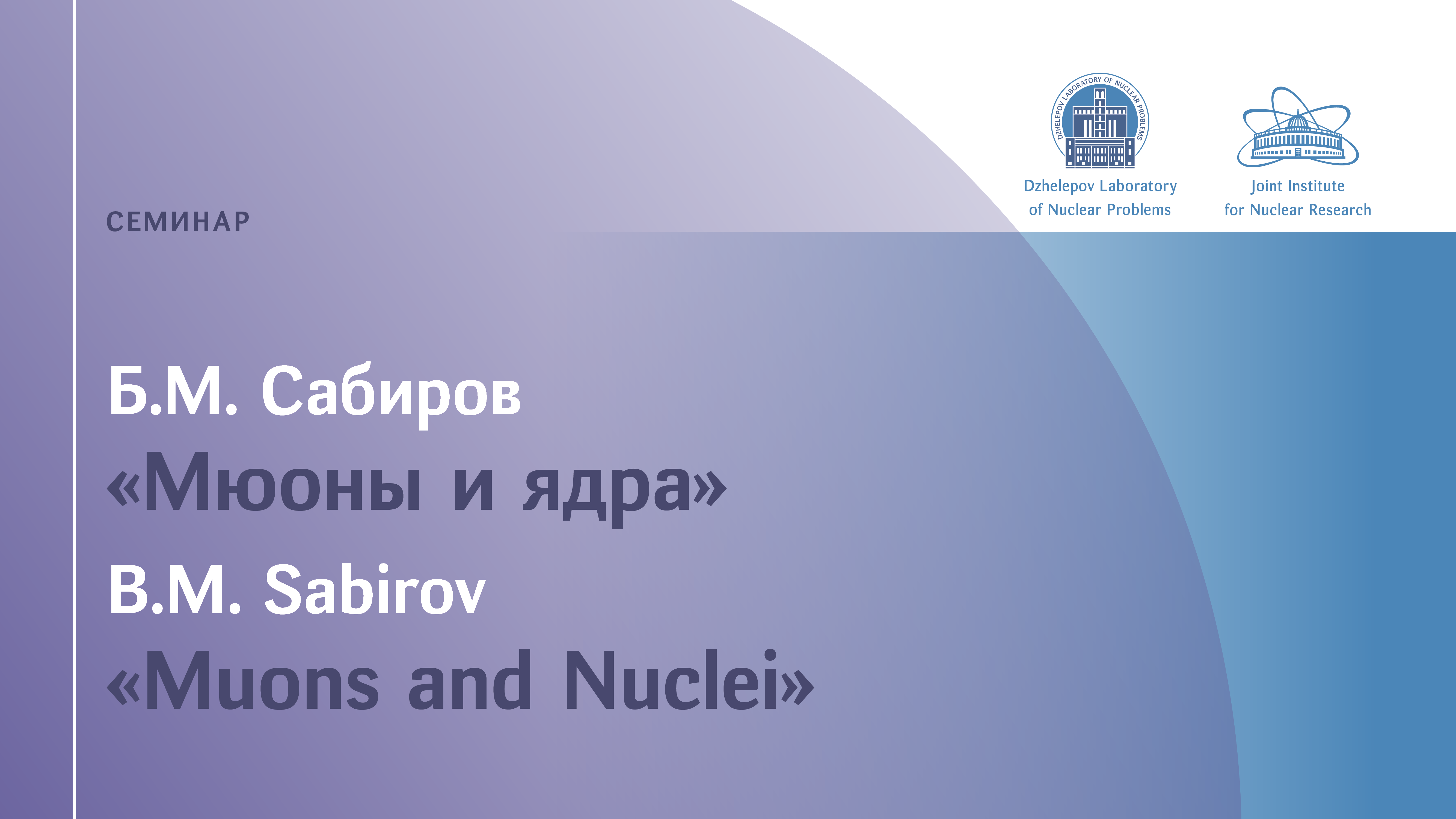22.03.2023
«AMBER Experiment at CERN» by Aleksey Guskov
Quantum chromodynamics (QCD) as a theory of interaction of quarks and gluons, is undoubtedly successful and gives a reliable description of the processes that take place in high-energy particle interactions. However, because of the large value of the strong interaction constant, QCD is not able to describe from its first principles the structure, properties and spectrum of systems built on the basis of the strong interaction - hadrons. This makes the experiment the only reliable source of such information.
The physics program of the AMBER (NA66) experiment with a secondary beam of the Super Proton Synchrotron (SPS, CERN) will be presented. It includes precision measurements of the electromagnetic radius of the proton, the study of the quark-gluon structure of pions and kaons in both the Drell-Jan process as well as the direct photons and charmonia production processes, measurement of the differential cross section of antiprotons production in hadronic interactions for astrophysical purposes, testing the predictions of phenomenological QCD models at low energies and spectroscopy of kaon states.
(In connection with the opening of a new project.)
Seminars
29.11.2023
26.10.2023
22.10.2023



